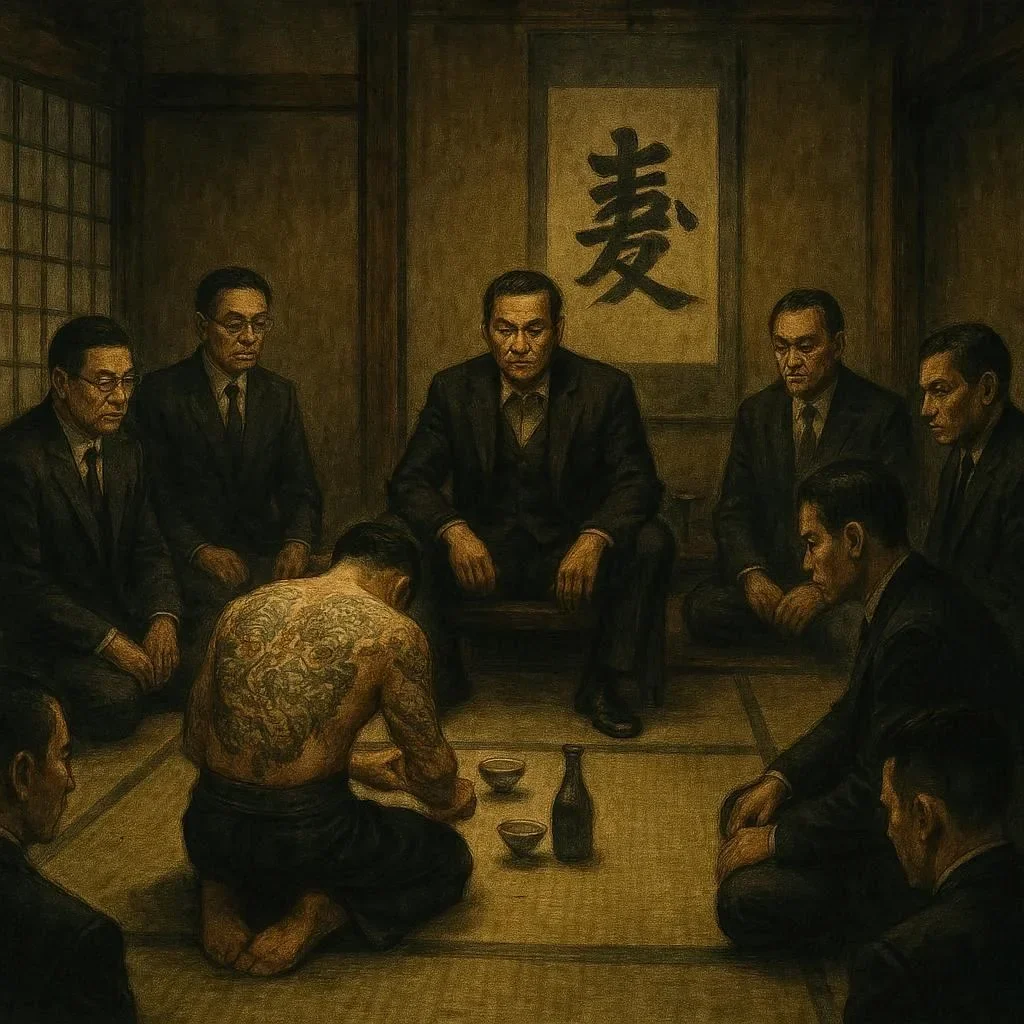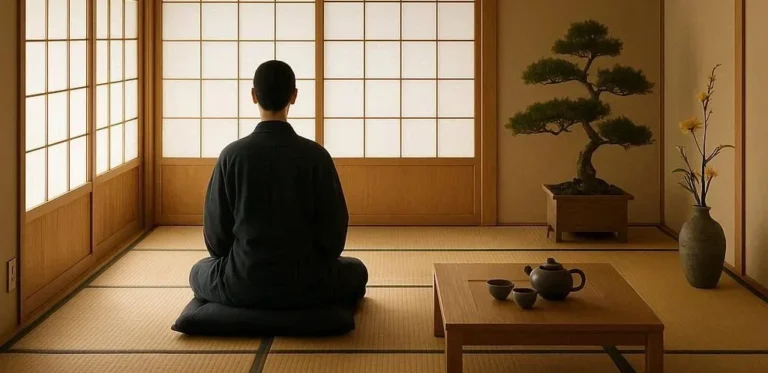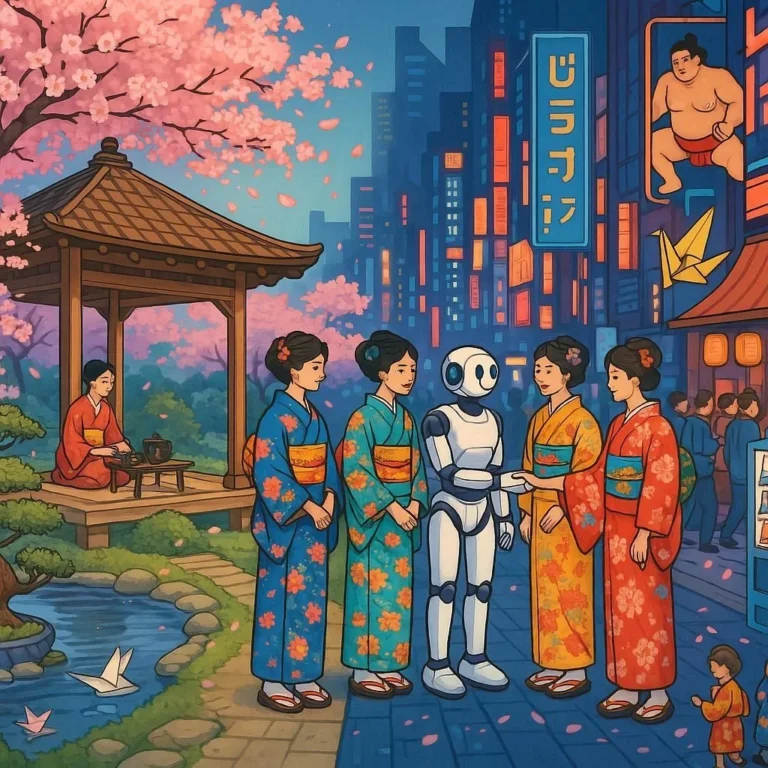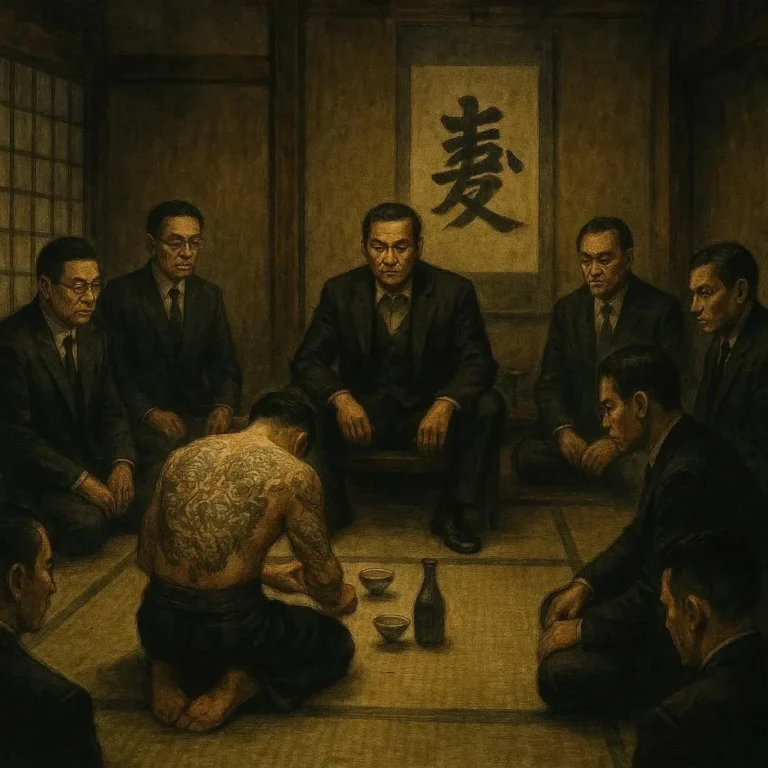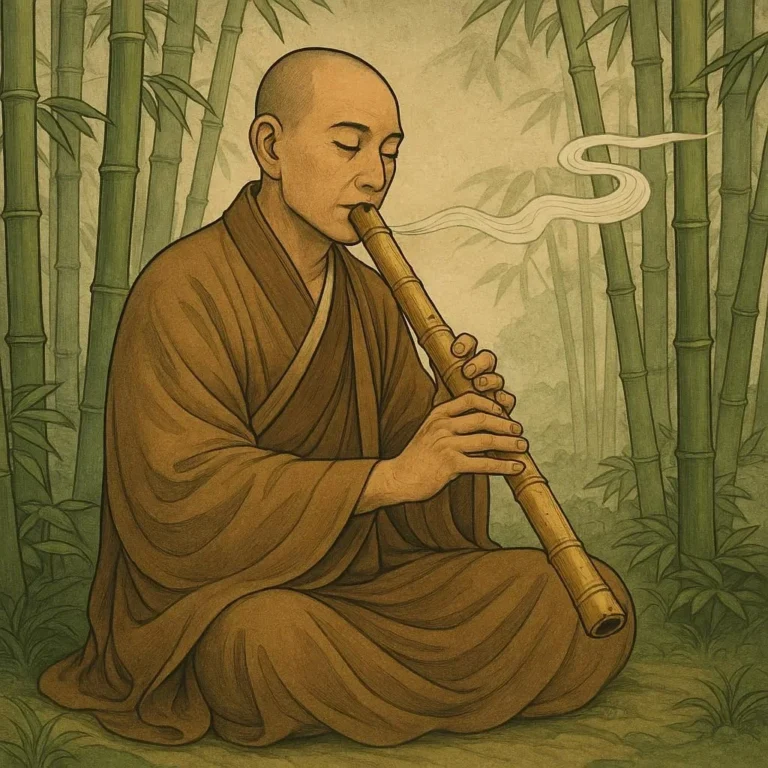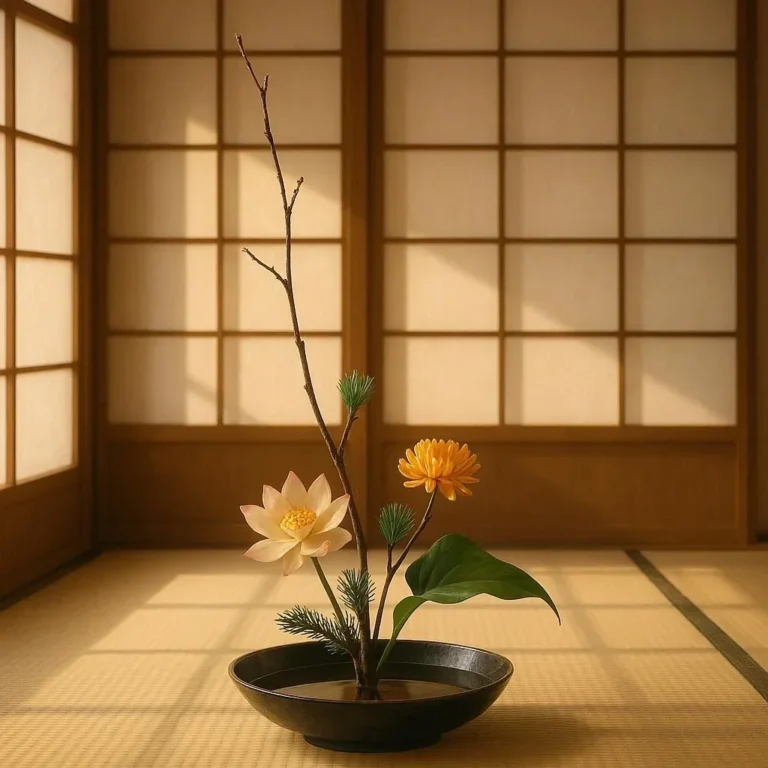504 views The Influence of Samurai Culture on Japanese Arts
Samurai Culture: A Deep Dive into Its Influence on Japanese Arts
Japanese culture is renowned for its rich history, intricate traditions, and deep philosophical underpinnings. Among the many facets of Japanese heritage, the Samurai culture stands out as a profound influencer of various art forms. The Samurai, who were once warrior elites, left an indelible mark on Japanese arts, shaping its evolution over centuries. Their influence can be seen in literature, visual arts, theater, and even architecture, creating a legacy that continues to inspire modern artists and enthusiasts alike.
In this blog post, we explore the multifaceted influence of Samurai culture on Japanese arts, delving into historical contexts, key art forms, and the enduring legacy of this iconic warrior class.
The Historical Context of Samurai Culture
The Samurai class emerged in the 12th century during the Heian period, rising to prominence as the warrior class of the shogunate. Their primary role was to serve as protectors of the emperor and the feudal lords (daimyō). Over time, the Samurai developed a unique code of conduct known as Bushido, which emphasized honor, loyalty, discipline, and self-control. This code not only governed their conduct in battle but also influenced their approach to arts, literature, and daily life.
The Samurai’s dual identity as warriors and refined intellectuals created a unique blend of martial prowess and artistic appreciation. This duality is a central theme in understanding their influence on Japanese arts.
The Samurai Influence on Japanese Literature
Literature is one of the most significant areas where Samurai culture left an enduring impact. The Samurai class valued literature not only as a means of storytelling but also as a way to express their philosophy and ideals. Here are a few key ways in which Samurai culture influenced Japanese literature:
1. War Tales and Epic Poetry
- Works like The Tale of the Heike and The Tales of Ise are examples of literature influenced by the Samurai ethos. These stories often depicted the lives of warriors, their struggles, and their adherence to the Bushido code.
-onclick=”window.open(‘https://en.wikipedia.org/wiki/TheTaleoftheHeike’, ‘blank’);” rel=”noopener noreferrer”>The Tale of the Heike is particularly notable, as it chronicles the rise and fall of the Taira clan, emphasizing themes of loyalty, honor, and the inevitability of fate.
2. Haiku and Poetry
- Samurai often engaged in poetry as a form of introspection and self-discipline. The poetic form known as Haiku, which captures moments in nature and invites contemplation, was popularized by Samurai poets. Matsuo Bashō, one of Japan’s most celebrated poets, drew inspiration from the Samurai ideals of simplicity and mindfulness.
3. Philosophical Writings
- The writings of Samurai philosophers, such as The Book of Five Rings by Miyamoto Musashi, are still studied today for their insights into strategy, philosophy, and the human condition. These works reflect the Samurai’s deep understanding of both warfare and the arts.
The Impact of Samurai Culture on Visual Arts
Visual arts in Japan, including painting, calligraphy, and sculpture, were deeply influenced by the Samurai class. The aesthetic preferences of the Samurai, which emphasized simplicity, harmony, and minimalism, shaped the direction of Japanese art.
1. Ink Painting (Sumi-e)
- Samurai artists often practiced Sumi-e, a form of ink painting that emphasizes simplicity and the capture of essence over detail. This art form aligns with the Samurai philosophy of mindfulness and the pursuit of perfection in simplicity.
-onclick=”window.open(‘https://en.wikipedia.org/wiki/Sumi-e’, ‘blank’);” rel=”noopener noreferrer”>Sumi-e paintings often depicted natural subjects like landscapes, birds, and flowers, symbolizing themes of transient beauty and impermanence.
2. Calligraphy (Shodō)
- Calligraphy was another art form embraced by the Samurai. Shodō, or the way of the brush, was not only a means of writing but also a meditation practice. Samurai saw calligraphy as a way to cultivate discipline and focus, as the creation of perfect characters required immense concentration and precision.
3. Sculpture and Reliefs
- Many sculptures from the Samurai period depict warrior figures, deities, and mythical creatures. These works were often commissioned by Samurai patrons and reflected their reverence for both the divine and the martial arts.
Samurai Influence on Japanese Theater
Japanese theater, particularly Noh and Kabuki, owes a great debt to Samurai culture. The themes, costumes, and storytelling in these art forms often revolve around Samurai protagonists and their stories.
1. Noh Theater
- Noh theater, which emerged in the 14th century, is heavily influenced by Samurai aesthetics and themes. Many Noh plays are based on stories from Samurai history and literature, exploring themes of honor, sacrifice, and the supernatural.
- The stylized masks and costumes used in Noh performances reflect the dramatic intensity and emotional depth of Samurai tales.
2. Kabuki Theater
- Kabuki theater, which became popular in the Edo period, often featured Samurai heroes as its main characters. The dramatic poses (mie), exaggerated makeup, and elaborate costumes are reminiscent of the Samurai’s flair for the dramatic and their pride in their appearance.
- Kabuki plays frequently explored themes of loyalty, duty, and conflict, all of which were central to the Samurai way of life.
The Role of Samurai in Japanese Architecture
Samurai influence can also be seen in Japanese architecture, particularly in the design of castles, temples, and traditional Japanese homes. The principles of harmony with nature, simplicity, and functional design, which were central to the Samurai ethos, are reflected in these structures.
1. Castles
- Japanese castles, such as Himeji Castle, were built during the Samurai era and served as both fortresses and symbols of power. The design of these castles incorporated elements like moats, watchtowers, and strategic layouts, reflecting the Samurai’s military ingenuity.
- The architecture of these castles also reveals a blend of practicality and aesthetic appeal, much like the Samurai’s dual identity as warriors and connoisseurs of the arts.
2. Temples and Shrines
- Many temples and shrines in Japan were built under the patronage of Samurai lords. These structures often feature minimalist designs, with an emphasis on natural materials like wood and stone, aligning with the Samurai’s appreciation for simplicity and harmony with nature.
3. Traditional Japanese Homes
- The design of traditional Japanese homes, particularly those of the upper classes, was influenced by Samurai aesthetics. Elements like tatami floors, sliding doors (shoji), and the use of natural materials reflect the Samurai’s emphasis on simplicity and elegance.
The Modern Legacy of Samurai Culture in Japanese Arts
The influence of Samurai culture on Japanese arts is not confined to history. Even in modern times, the Samurai ethos and aesthetic continue to inspire artists, writers, and creators across various mediums.
1. Modern Literature and Film
- The themes of honor, loyalty, and self-discipline, which are central to the Samurai code, continue to influence modern Japanese literature and cinema. Films like The Seven Samurai and Yojimbo are classics that explore the Samurai way of life and its relevance in contemporary contexts.
- Modern Japanese authors often draw on Samurai history and philosophy to explore universal themes of identity, duty, and morality.
2. Contemporary Visual Arts
- Modern Japanese artists often incorporate elements of Samurai aesthetics into their work, blending traditional techniques with contemporary styles. The minimalist and nature-inspired themes of Samurai art continue to inspire painters, sculptors, and calligraphers.
3. Martial Arts and Beyond
- The influence of Samurai culture extends beyond traditional arts to include modern martial arts like Karate, Judo, and Kendo. These practices not only preserve the physical disciplines of the Samurai but also embody their philosophical principles of discipline, respect, and self-control.
Conclusion
The Samurai class was far more than just warriors; they were patrons, practitioners, and inspirations for the arts. Their unique blend of martial prowess and artistic refinement left an indelible mark on Japanese culture, shaping its literature, visual arts, theater, and architecture. Even in modern times, the influence of Samurai culture continues to be felt, offering a testament to the enduring power of their legacy.
If you’re fascinated by the intersection of history and art, we encourage you to explore more about Samurai culture and its timeless impact on Japanese arts. Whether through reading historical texts, visiting museums, or practicing traditional arts, there’s always more to learn from this captivating era.
FAQ
1. Who were the Samurai, and what was their role in Japanese society?
The Samurai were members of the warrior class in Japan, serving as protectors of the emperor and feudal lords. They played a central role in shaping Japanese culture, politics, and arts.
2. What is Bushido, and how did it influence Samurai culture?
Bushido was the code of conduct followed by the Samurai, emphasizing honor, loyalty, discipline, and self-control. It influenced their behavior in both warfare and daily life, as well as their approach to the arts.
3. How did the Samurai influence Japanese literature?
The Samurai influenced Japanese literature through works like The Tale of the Heike, which explored themes of loyalty and honor, and through the practice of poetry and philosophical writing, such as The Book of Five Rings.
4. Can I find examples of Samurai influence in modern Japanese arts?
Yes, Samurai influence can be seen in modern Japanese literature, film, visual arts, and martial arts like Karate and Kendo, which embody the principles of Bushido.
5. What is the significance of Noh and Kabuki theater in understanding Samurai culture?
Noh and Kabuki theater often feature Samurai protagonists and explore themes of honor, loyalty, and sacrifice, offering insights into the Samurai way of life and their cultural values.
By exploring the influence of Samurai culture on Japanese arts, we not only gain a deeper understanding of Japan’s rich heritage but also uncover timeless lessons that continue to resonate today.

